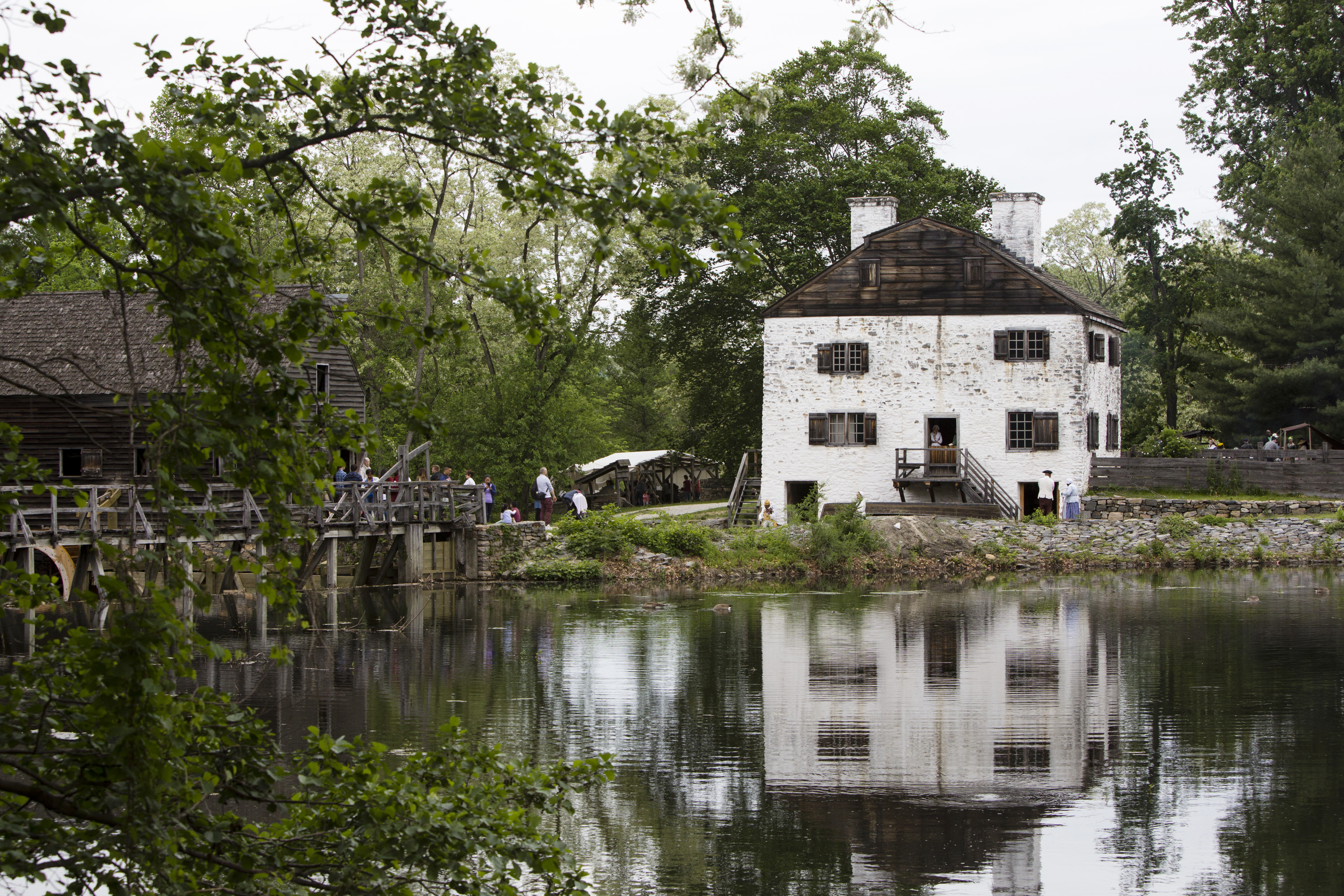The death of George Floyd, the wailing of our culture, the history from which we must learn

By Waddell W. Stillman, president of Historic Hudson Valley
In a relatively tranquil part of the Upper West Side of Manhattan, a week to the day since the murder by Minneapolis police of unarmed George Floyd, a Bloomingdale’s outlet store with expansive plate glass is being boarded up. Thanks to COVID-19, it’s been closed since mid-March, but now huge sheets of heavy plywood are being mounted across the windows and door. A chain reaction from the murder in Minneapolis fills the air with the sounds of sawing and drilling.
The problem of racism is long in the making and runs deep in our national psyche, and it’s a daily lived experience for people of color across America.
My colleagues and I at Historic Hudson Valley work for a museum of history. Many were students of history, and all are professionally called to advance a mission statement that illuminates history, advances its importance, and brings it to life.
We’ve all seen the George Floyd narrative before. The killing of an unarmed African American citizen by police is a well-rehearsed tragedy and trope in American life. The details are different each time, and the name is new, but George Floyd’s name is added to a long list well-familiar to us: New Yorker Eric Garner also said “I can’t breathe” as he was asphyxiated by police. In March, Breonna Taylor was shot in her bedroom during an overnight “no knock” warrant invasion of her apartment. In February, Black History Month to us, Ahmaud Arbery was murdered by a father-son duo of white supremacists under the guise of a “citizen’s arrest” as he jogged through a white neighborhood in Georgia.
Our nation is a tinderbox right now, of pandemic lockdown, of unemployment and business failure, of insufficient health coverage, of COVID deaths suffered alone and survivors denied burial rites. The deaths, the grief, the unemployment—all of this has fallen disproportionately on people of color. That’s no surprise, as the health and economic faces of the COVID crisis lays bare what’s been visible to all of us, if we dared look and see. We’re held back by willful blindness.
Fuel for conflagration of our tinderbox nation is being supplied by white supremacists and no doubt by foreign-based bots and other agitators unseen. The few who loot and destroy property undermine the invaluable free-speech voices that need to demonstrate and be heard. Not all police, but some zealots in uniform undermine the vitally important peacekeeping role played by most in law enforcement. Confusion, politicization, and tear gas cloud the picture we see.
What does all this mean and matter to us? As private citizens, that’s up to each of us to decide. We’re all a part of a culture in full spasm. We can watch or march, lament or excuse, hide under our bedcovers or vote.
Here at Historic Hudson Valley, we are participants. Our organization has a vital mission in telling African American history in our region, and history is an important part of the puzzle we face in civil society now. Our fellow citizens need urgently to understand this history, because without it we’re baffled about how we got into this national predicament, and why we seem so unable to reckon with our history, address our racism head-on, and move to apology and redress.
The racism that convulses our country now is the legacy of America’s history of race-based chattel slavery. That’s the story we tell at Philipsburg Manor, and trace further in school programs at Van Cortlandt Manor. It’s the story we’re telling digitally via People Not Property, and that we’re preparing to expand to the story of Kofi, an African enslaved by Adolph Philipse who was burned at the stake after the first of many sham conspiracy trials in the 1741 “slave uprising.” It’s the story of our Runaway film and curriculum and of Runaway Art, the program for schools that invites artistic responses to fugitive slave ads in colonial NY newspapers.
Through our work every day, we on the staff of HHV address our national tragedy of racism because that racism stems directly from the history we tell.
We’re going to continue to entrust students and adult visitors with the facts and the stories, however painful, that we have to impart. We’re not going to draw conclusions for our visitors but we are going to enlighten them. That’s our job, unchanged from a time when George Floyd drew easy breath as a free citizen of Minneapolis and the Bloomingdale’s outlet was intact.
A circular saw cuts sheets of plywood and a power drill bolts the sheets to the window frame. The sound hits the ear as groaning and wailing. It registers as pain, grief, and lamentation. It seems like a culture, American culture, is crying out. Dare I hope it’s also a sound of construction, of builders perhaps, making something new? Let it be so, for the sake of us all.








